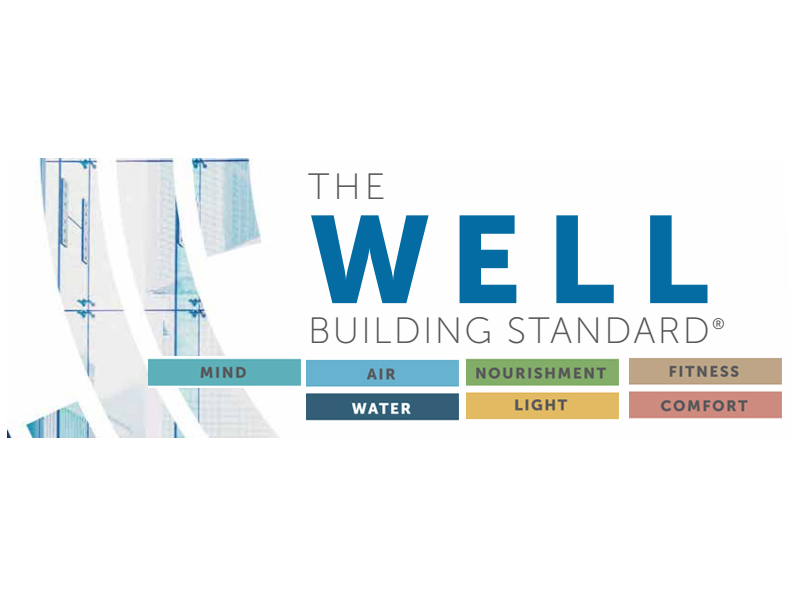
Well Building Standard: future of modern buildings
Here is a new standard in the system of international certification – Well Building Standard, that assesses the “health” of buildings. The Well Building Standard was developed in 2015 by the scientists which defined the main factors effecting employee’s health. Within seven years of scientific and medical researches scientists have developed the technical standard and put the requirements that should be met by the current “healthy” office building.
Health, as defined by the World Health Organization, is not only absence of disease or infirmity an also a state of complete physical, mental and social well-being. During work, employee spends less time in the fresh air, and more in office. The state of health and employee’s productivity depends on the quality of the internal environment, the operation of engineering systems and working conditions. The results of the scientific and medical researches show that the unsatisfied quality of internal space causes respiratory and cardiovascular diseases, allergies and obesity. Therefore, the concept of Well Building is based on the notions as “health” and “building”, and how they are interconnected.
1. Conception of standard is scientifically confirmed.
2. Certification is based on innovations and strict technical requirements.
3. Assessment is carried out by the independent assessors.
Let consider the examples of mandatory requirements of Well Building certification.
I. The first and, maybe, the most important are the standards of air quality:
1. The volatile compounds:
– formaldehyde at the level of 27 ppb;
– the total indicator of volatile organic compounds up to 500 mg/m³;
2. The solid particles and inorganic gases:
– carbonic oxide CO is less than 11 mg/m³;
– ozone is less than 102 mg/m³;
3. Radon: for all premises in the building should be not less than 4 pCi/liter.
II. The next requirement is a ban on smoking in the building, even the electronic devices.
III. The quite strict requirements are put in ventilation systems.
During design of ventilation system is required to consider the levels of ventilation systems in accordance to the standard ASHRAE 62.1-2013 (Ventilation Rate Procedure or IAQ Procedure). Increased concentrations of carbon dioxide in the premises indicates the faults in the ventilation systems. The worse the ventilation works, the more harmful substances could be in the air we breathe. Therefore, in premises with open windows the level of CO2 should be at 800 ppm.
Beside assessment of the quality of air and the air-interchange system, the Well Building Standard evaluates the quality of potable water, food products offered by facilities in the building, the level of acoustic comfort, insolation and the presence of sports grounds or gyms.
As a result of the certification, the participant will receive one of the three Well Building Standard Certificates: Well Silver (50-59 points), Well Gold (60-79 points), and Well Platinum (80-100 points)
Based on the results of certification, the participant can receive one of the three certificates of Well Building Standard: Well Silver (50-59 points), Well Gold (60-79 points) and Well Platinum (80-100 points).
Although the Well Building Standard is new, but it is closely interlinked with existing ones. For objects certified by the standards of green construction BREEAM or LEED, it is much easier to implement the Well Building Standard. The Well Building certification for existing buildings can increase the market price of real estate, operational efficiency of building and marketing strengthens among competitors.
For new construction projects of Well Building certification together with certification of LEED/BREEAM allow involving the foreign leaseholders, increasing the quality of project solutions, reducing operating costs and increasing corporate and social responsibility.
The innovative businessman can not be at the top and not develop, not implement outstanding standards of energy efficiency and “health” of buildings.